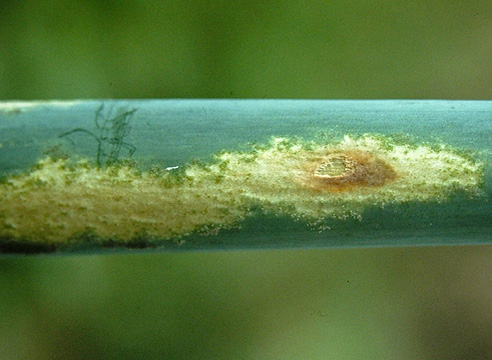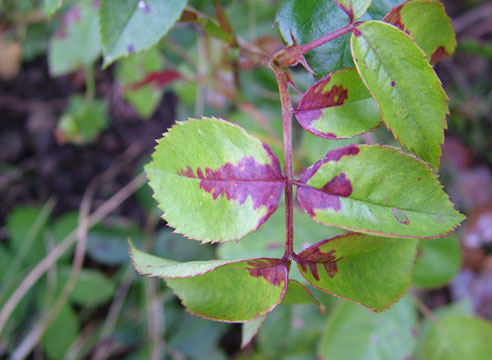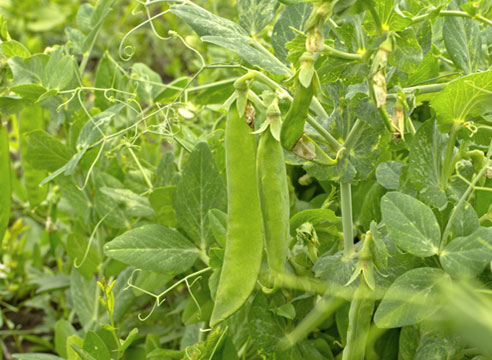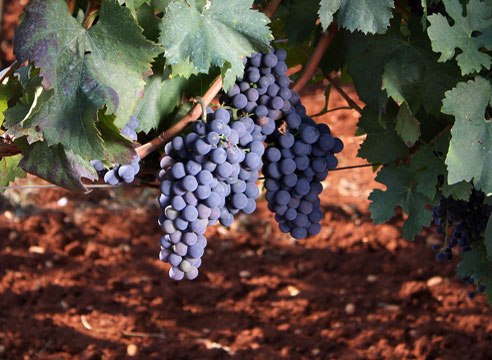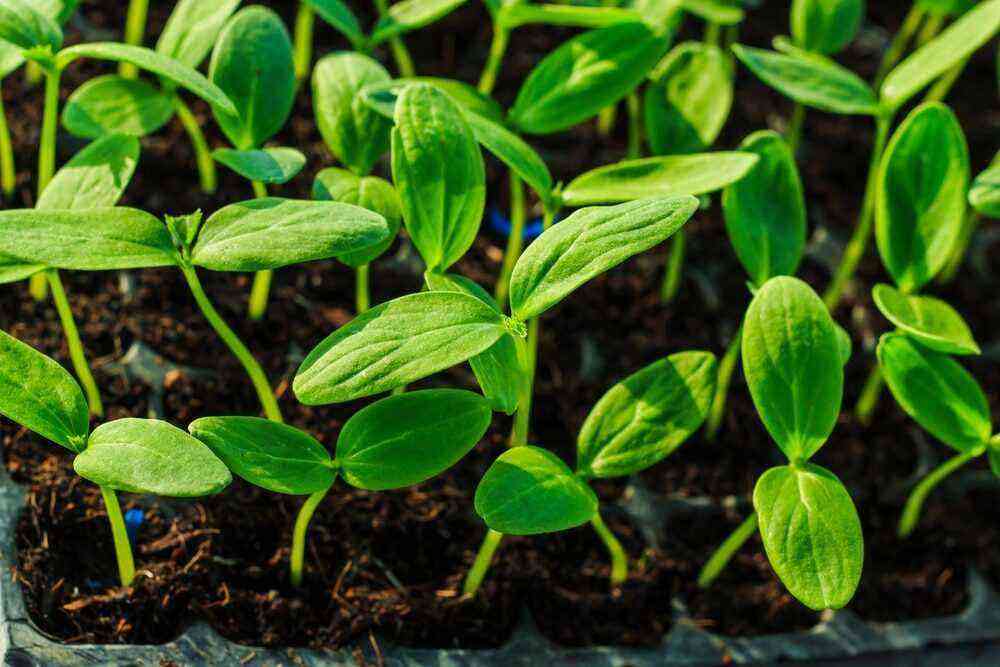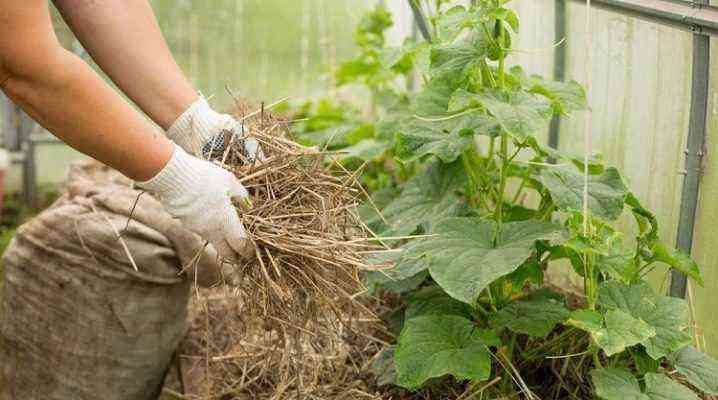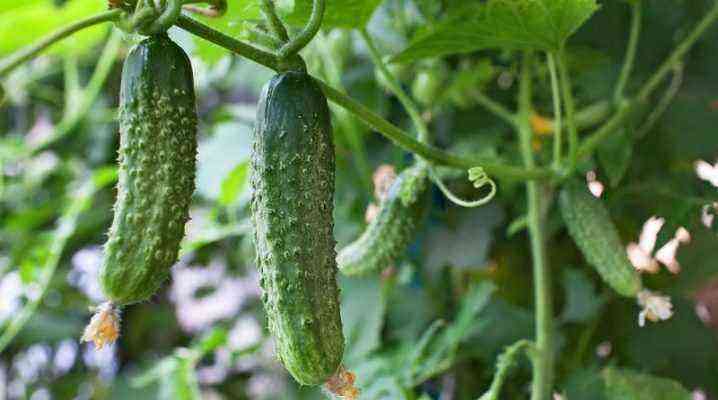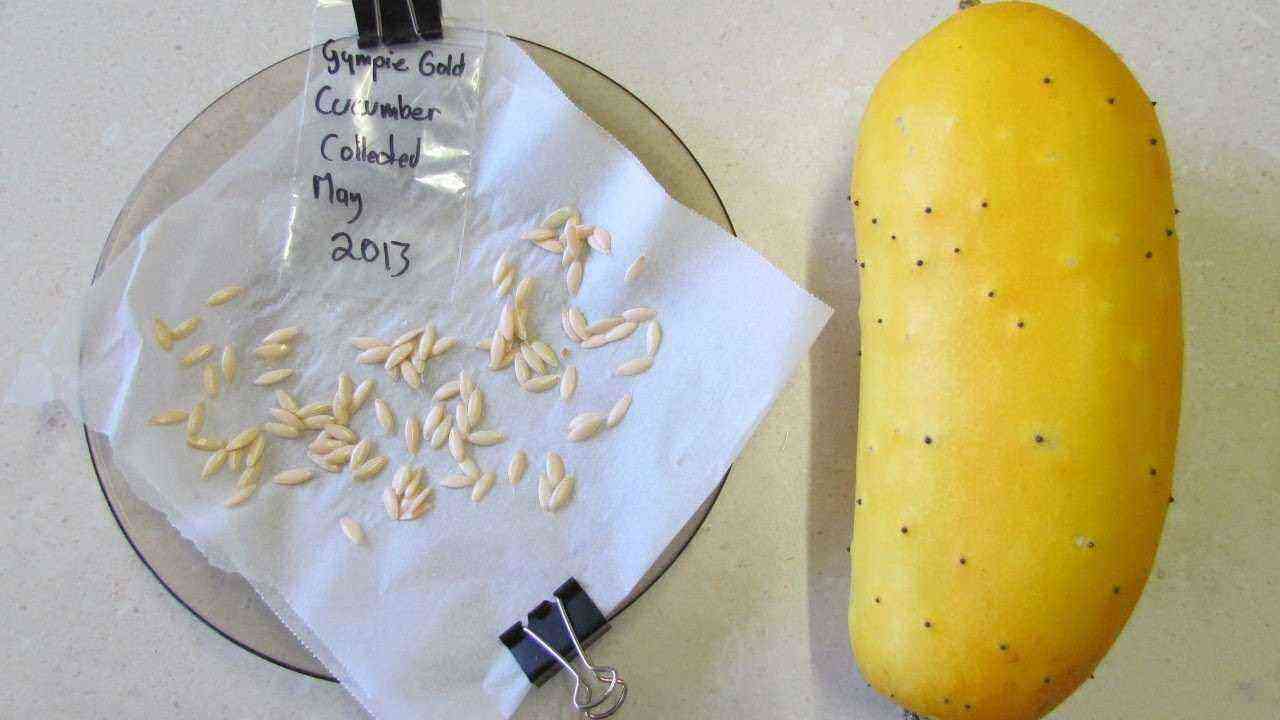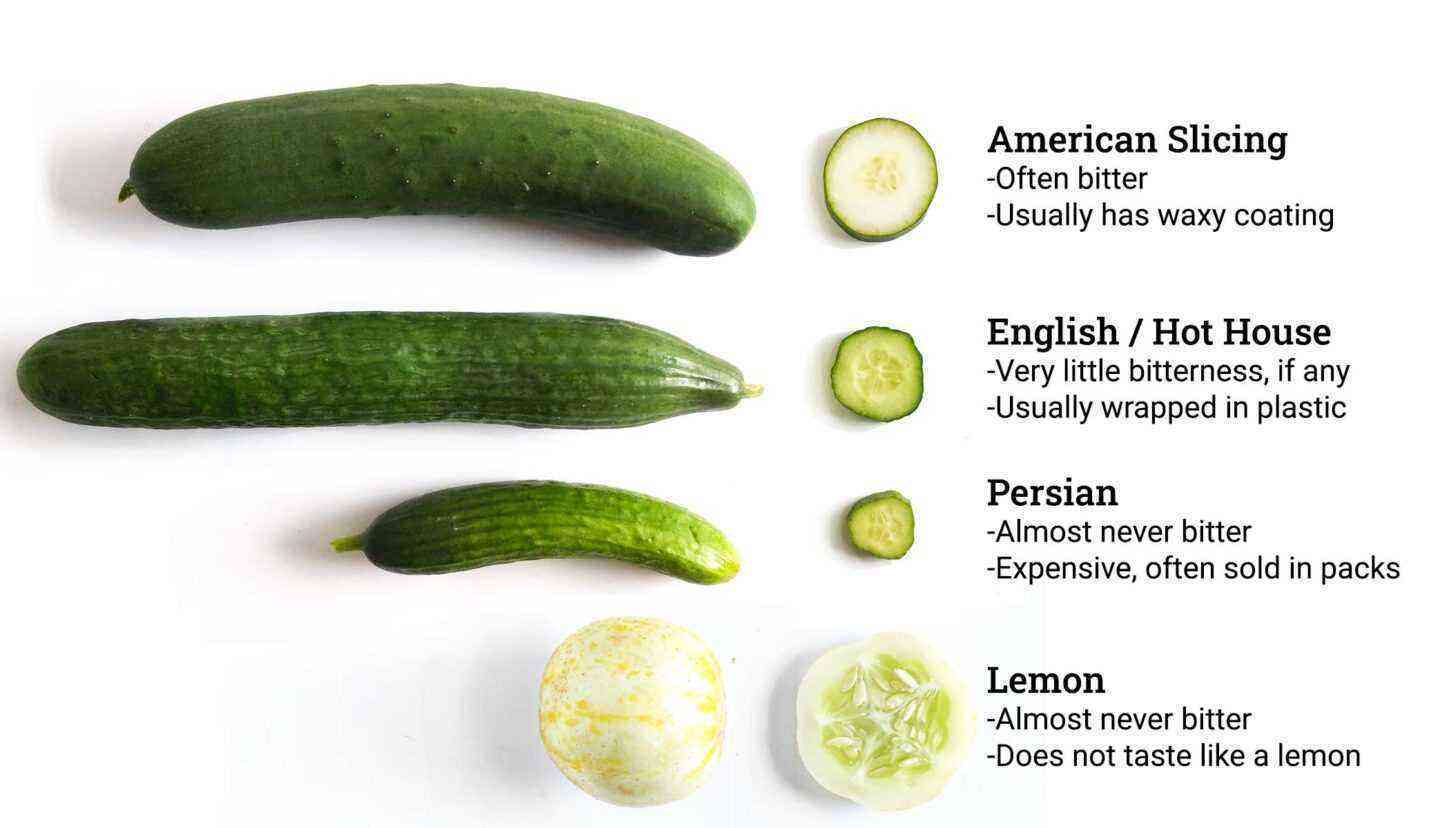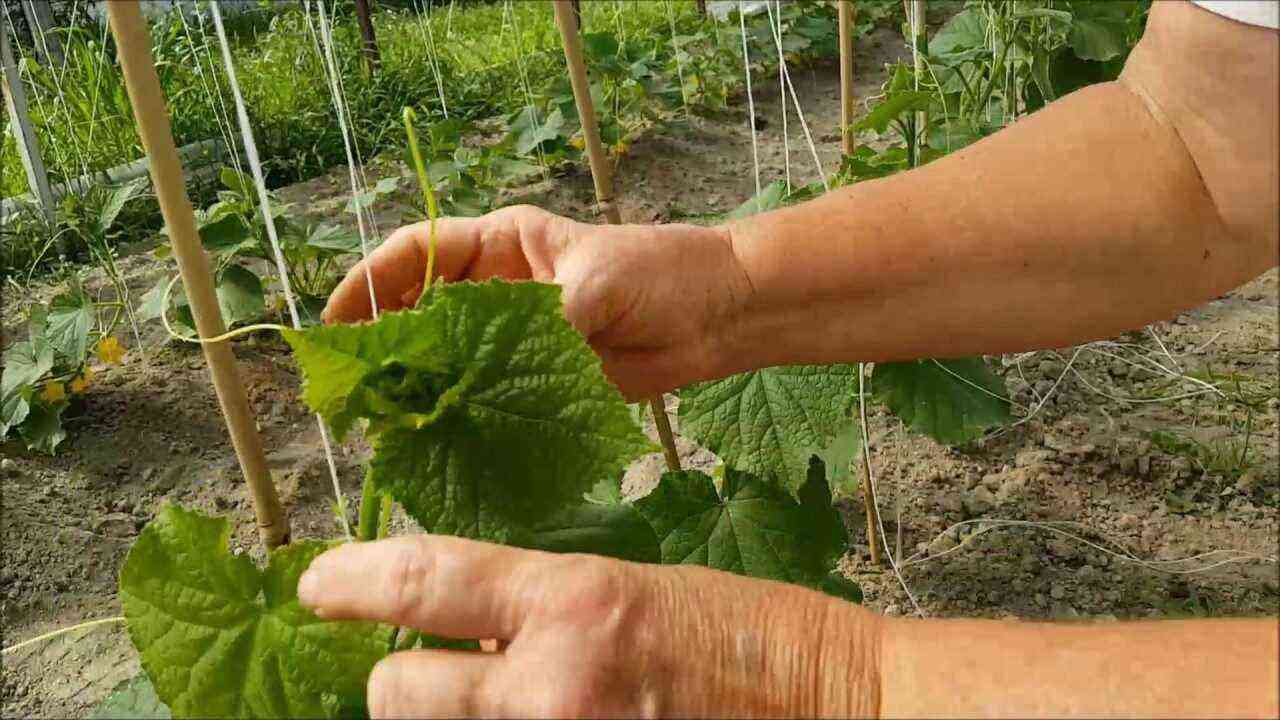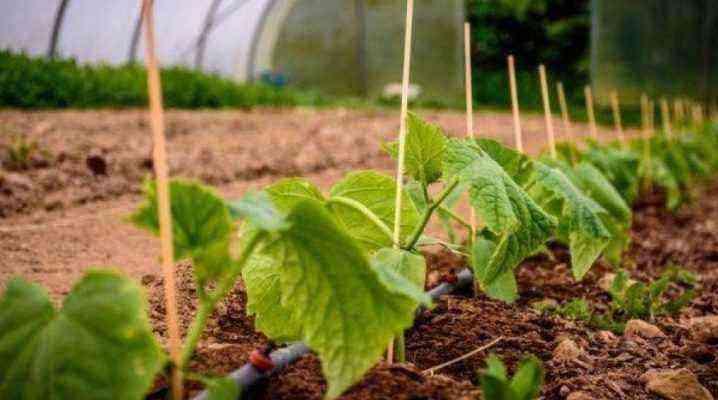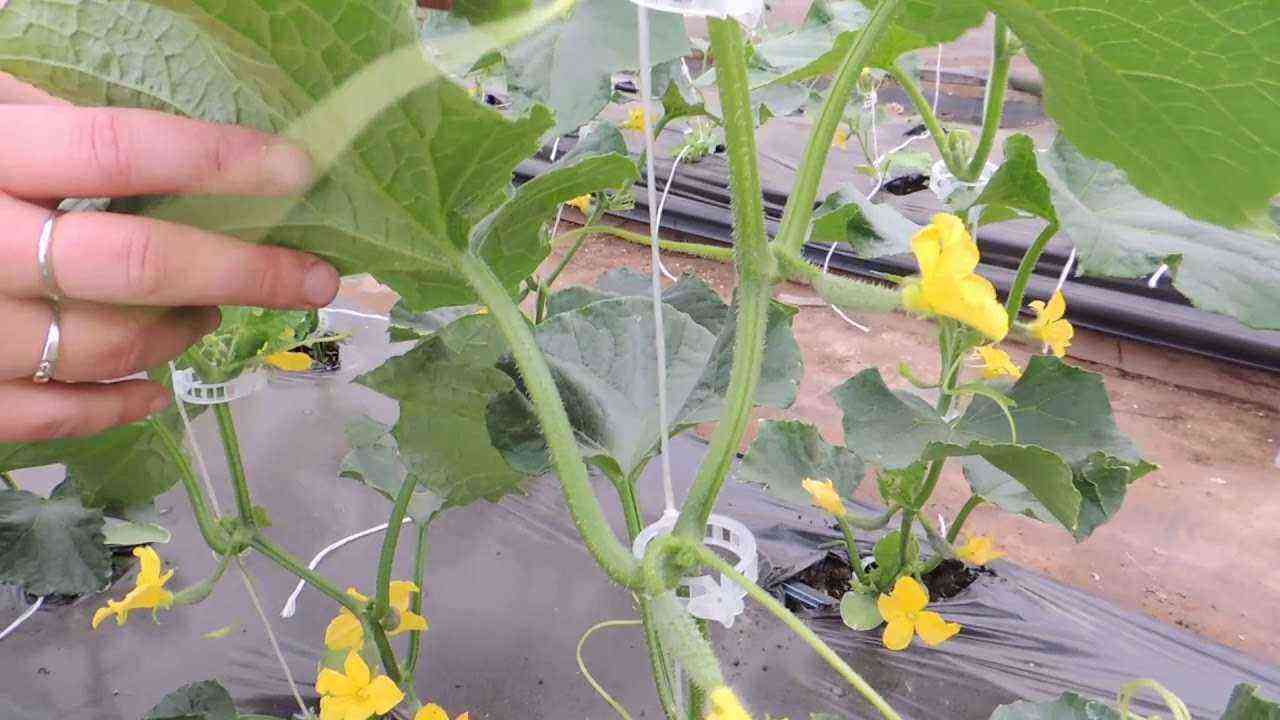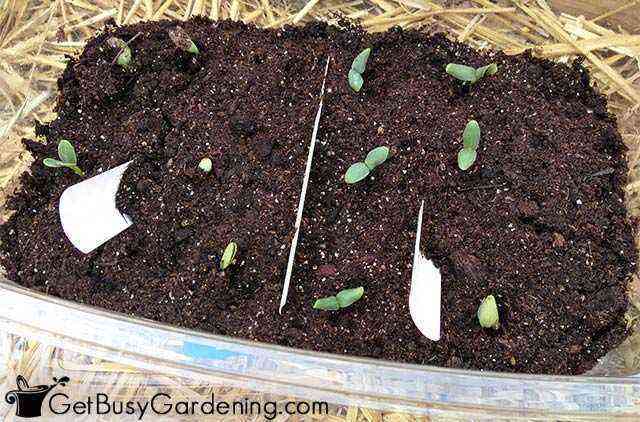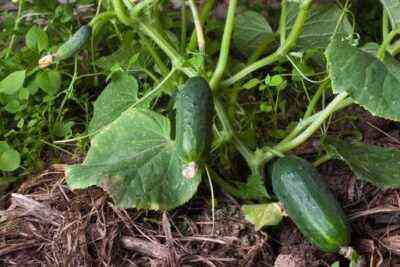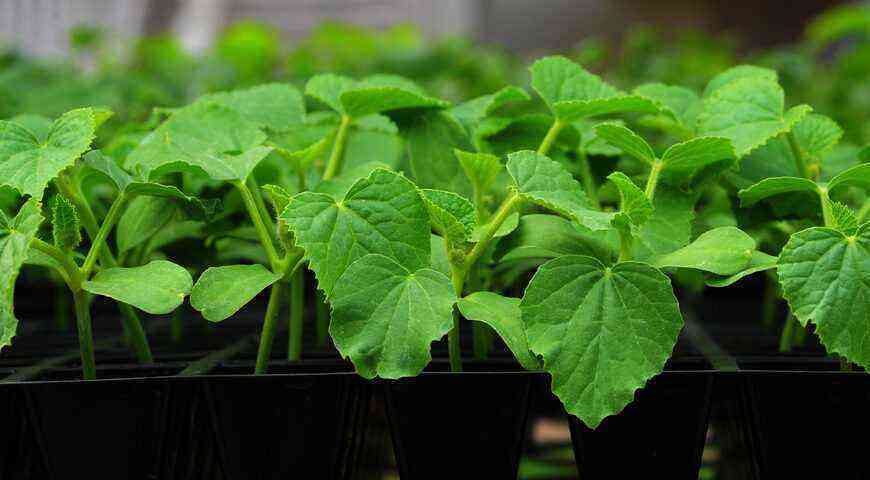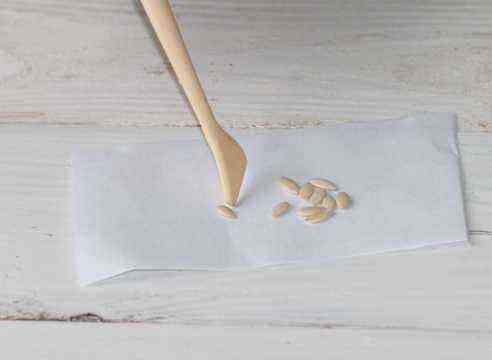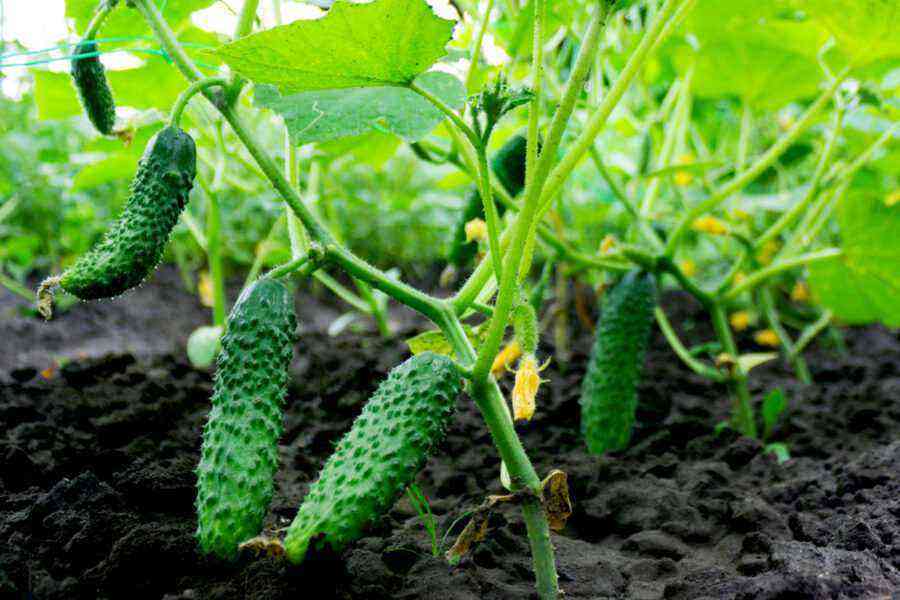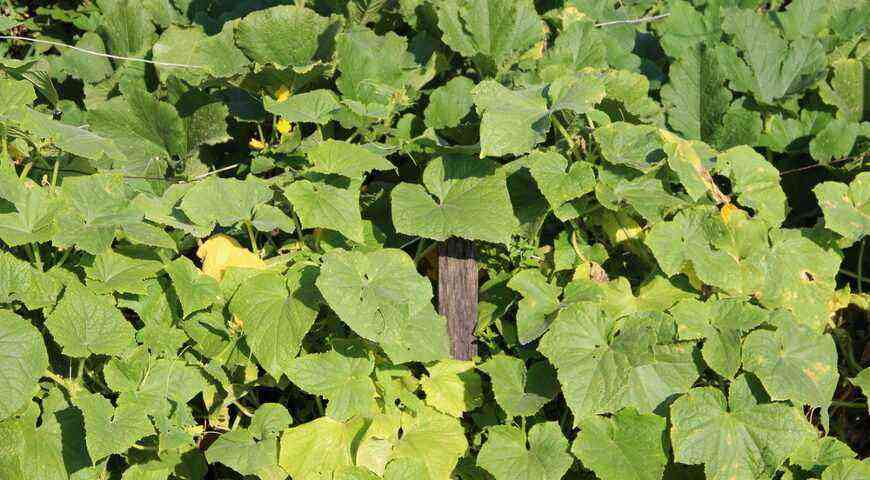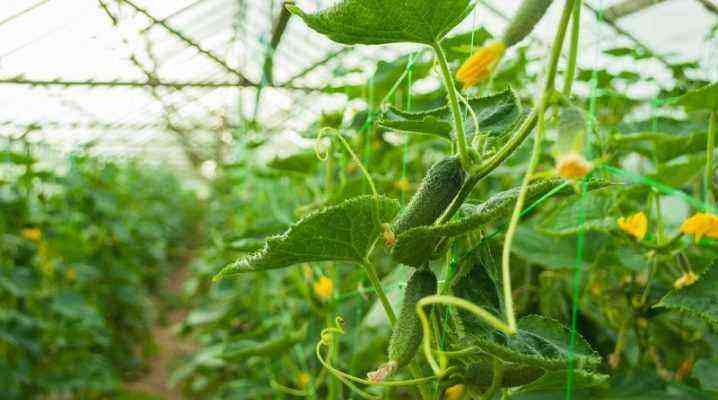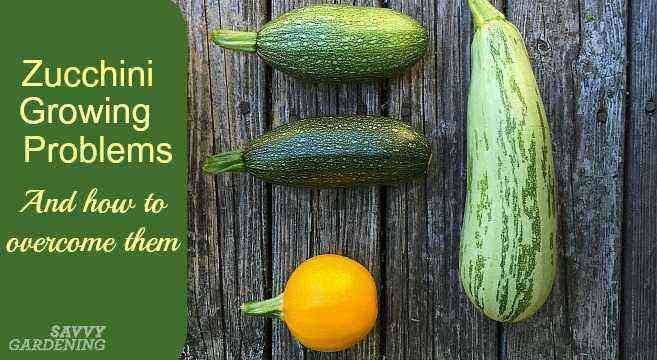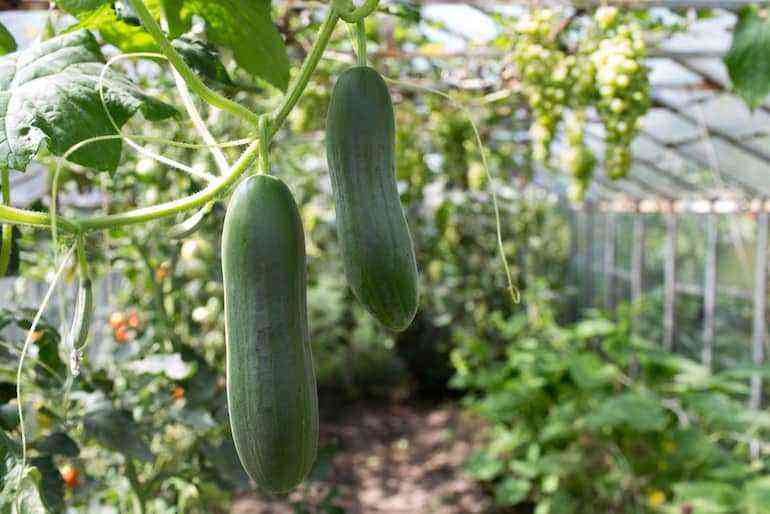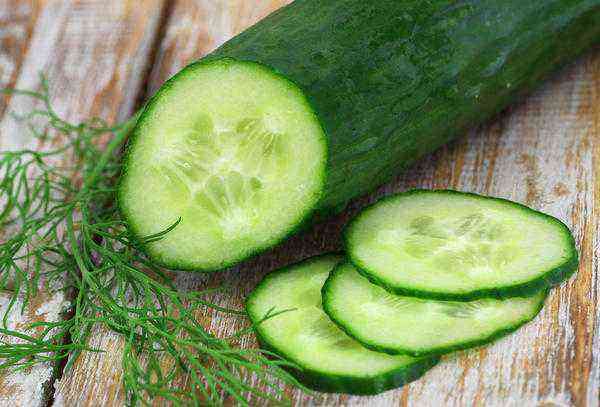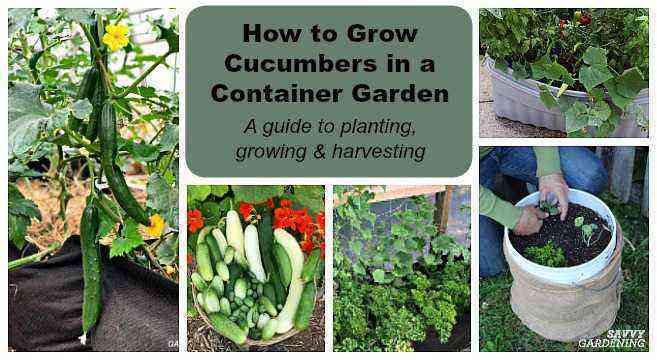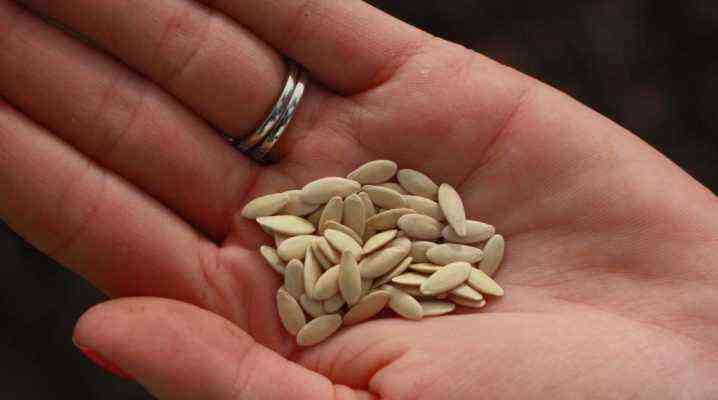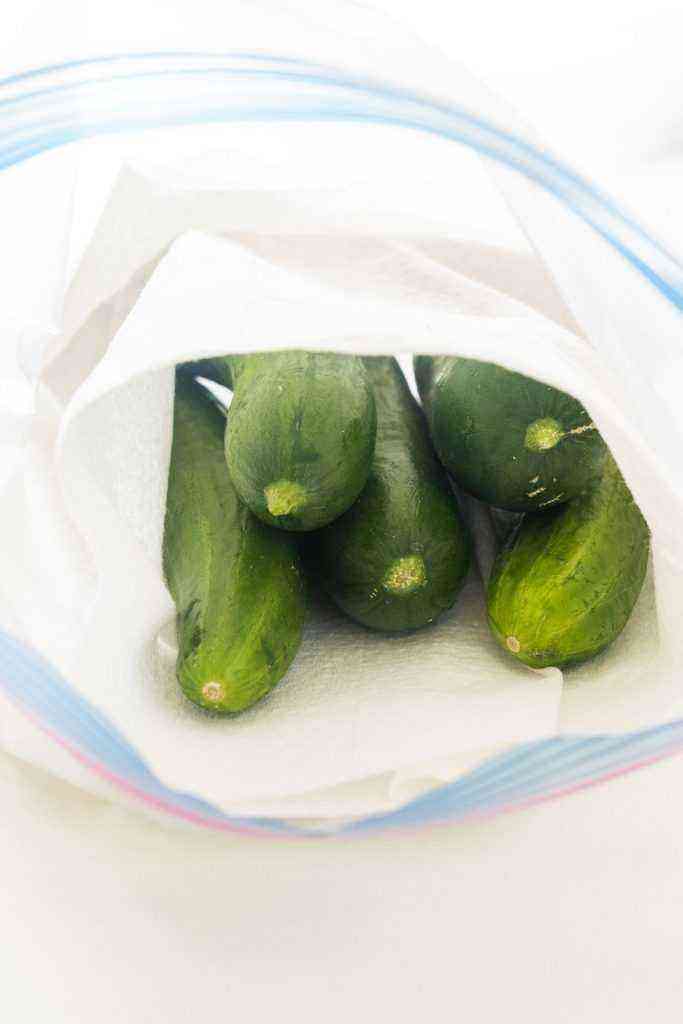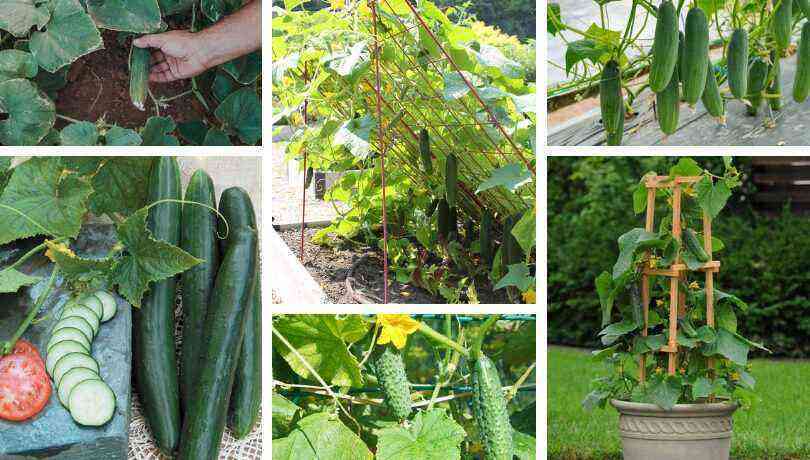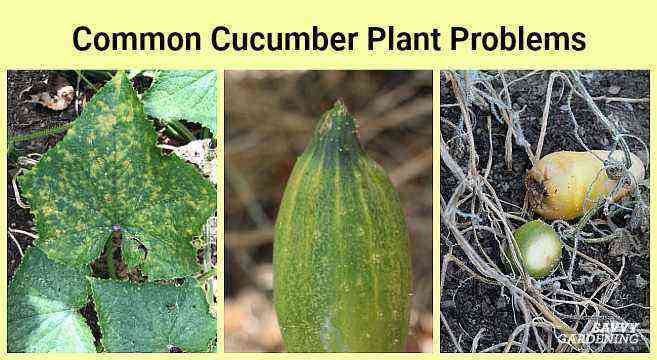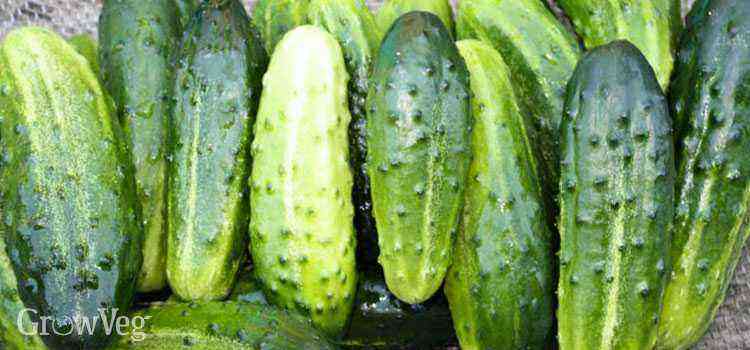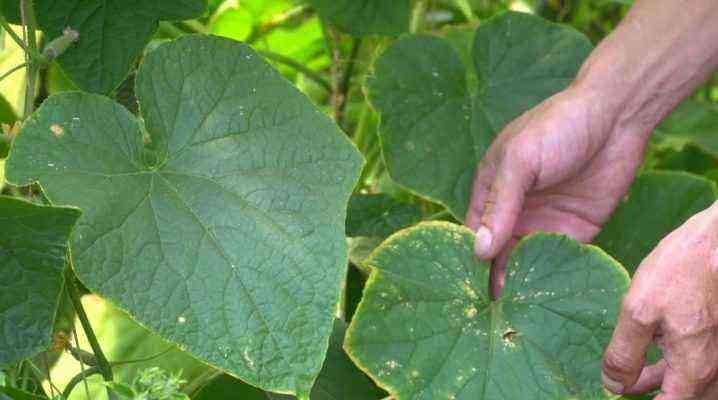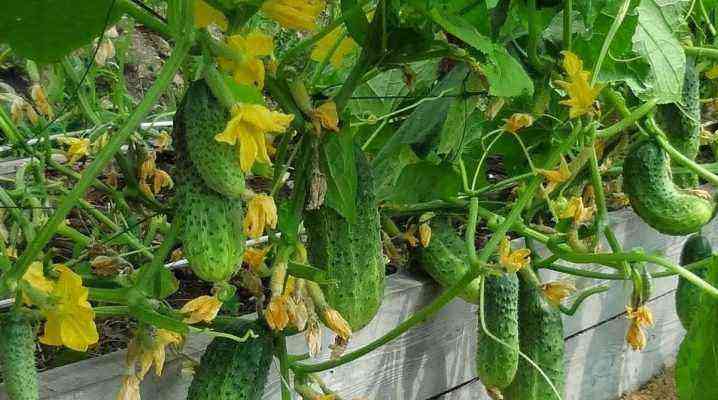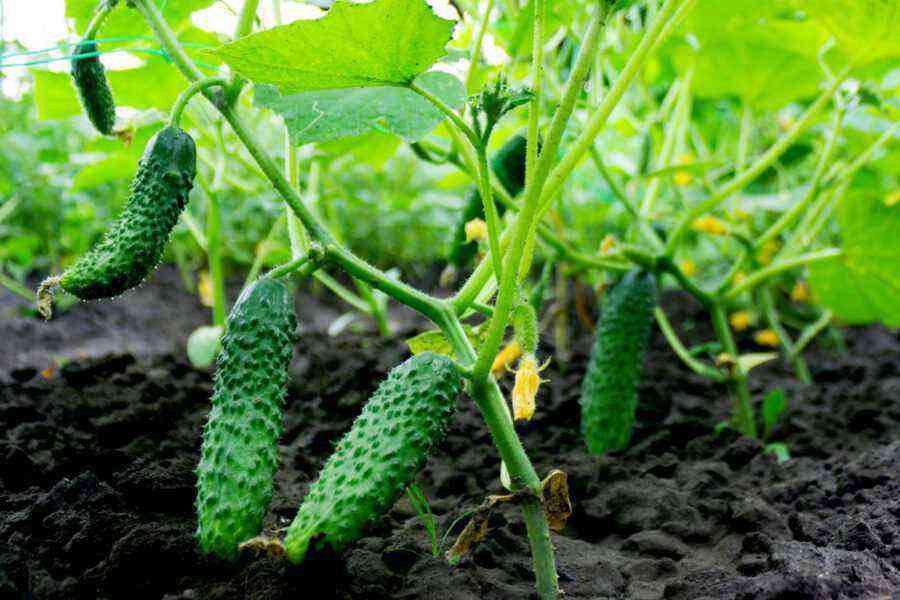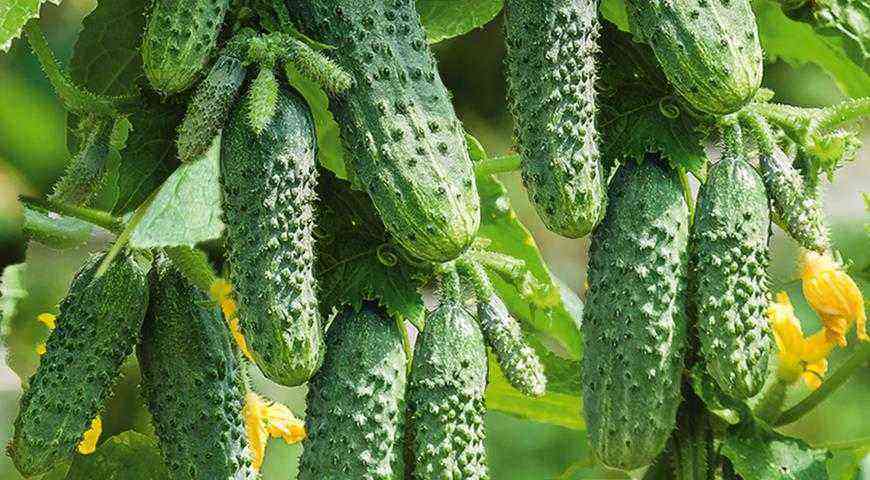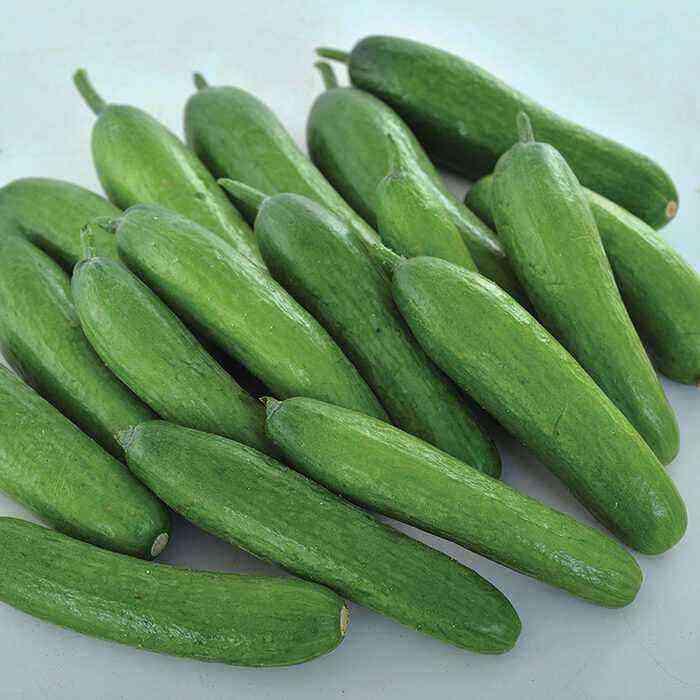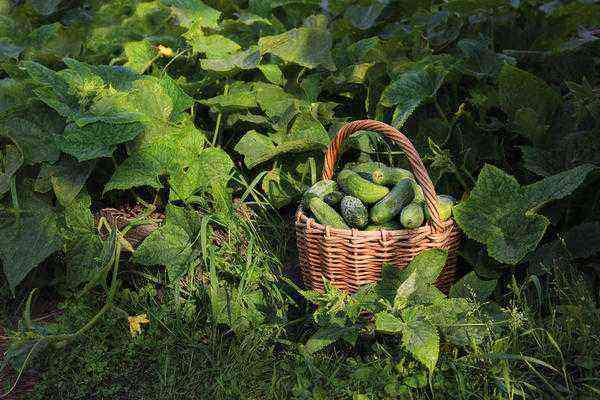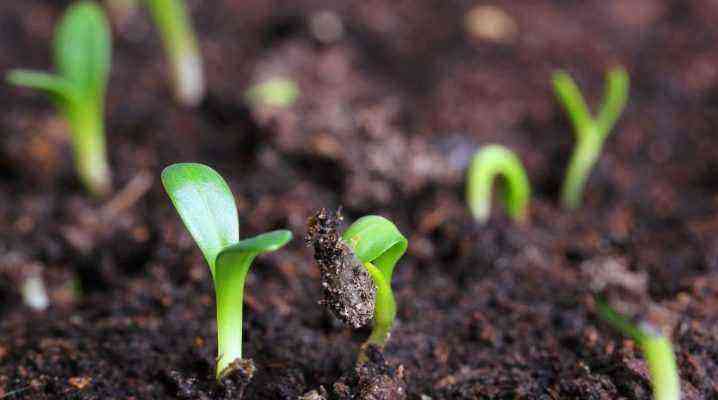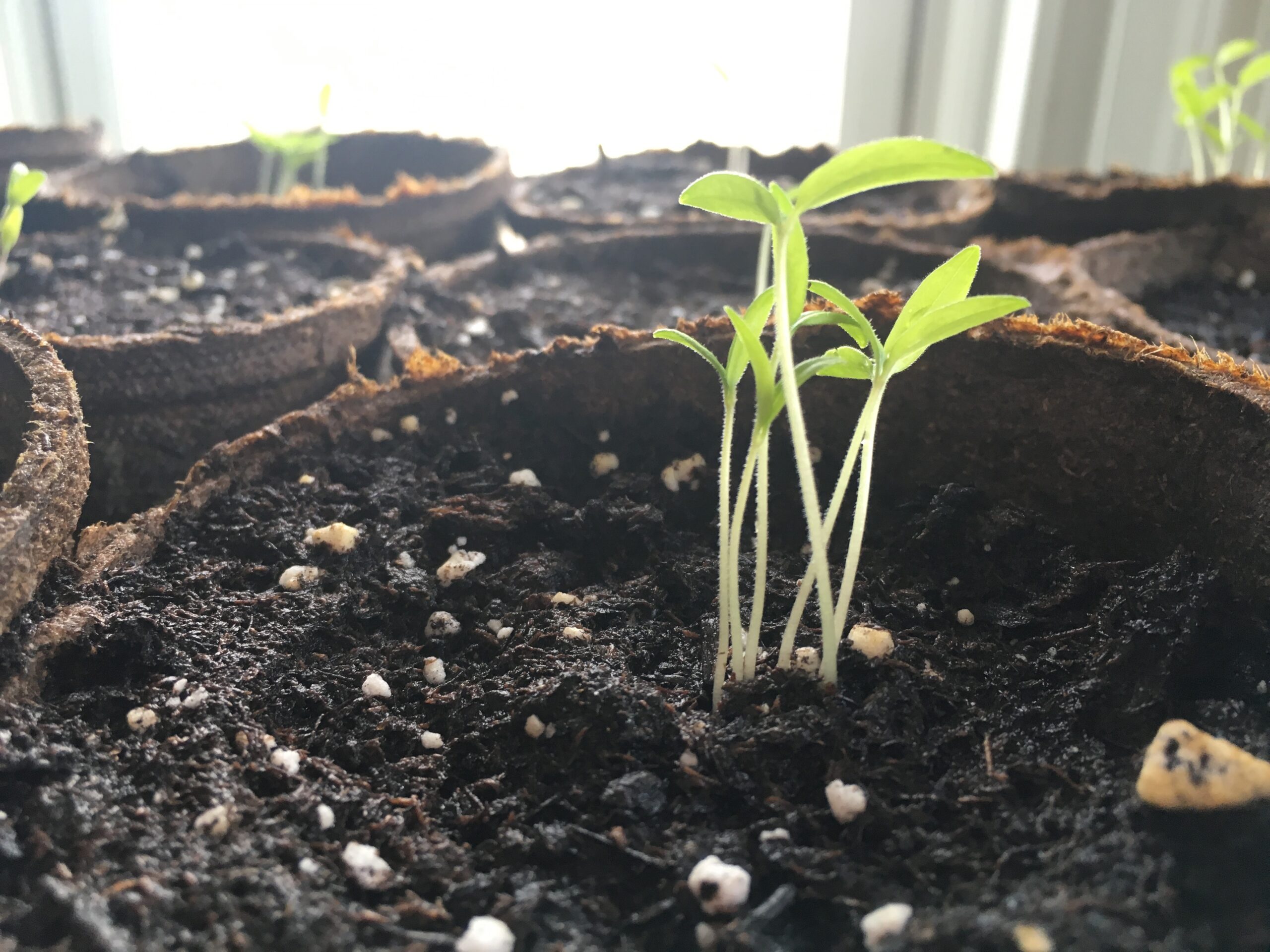Downy mildew, or peronosporosis, is caused by many species of oomycete pseudofungi from the Peronospora family. Leaves, shoots, pedicels, receptacles, rarely buds and flowers are affected.
The development of downy mildew in open ground conditions is facilitated by low night air temperature (below +10 ºС) with subsequent high daytime temperatures. Especially – with drizzling rain, dew, or, for example, in places where drops fall from the roof of a building, which often happens in spring or in August – September. Under favorable conditions for pathogens, the spread of the disease can occur, primarily on unstable varieties. If the conditions for sporulation and infection are unfavorable, spring manifestations of the disease may be insignificant. In dry and hot weather, the development of the disease slows down sharply and even stops. Downy mildew develops more strongly on heavy acidic soils.
The causative agent of peronosporosis persists (overwinters) for a long time in the affected shoots and fallen leaves. Certain types of peronosporosis pathogens can persist in infected seeds (for example, on left and viola) or bulbs and roots.
Risk group for downy mildew
Of the ornamental flowering plants, downy mildew is most susceptible to: anemone, marigold, viola, carnation, gloxinia, sweet pea, hydrangea, calceolaria, levkoy, forget-me-not, primrose, salvia, chrysanthemum, cineraria, zinnia. I Rose tea-hybrid varieties are most severely affected; among wild roses, the disease is seen on dog rose (Canine rose). The disease can penetrate the site from wild rose hips.
Of agricultural plants, the most severe damage is caused by: watermelon, grapes, melon, peas, onion, cucumber, rapeseed, radish, lettuce, lettuce, horseradish, spinach.
signs of downy mildew damage
Signs of damage to plants by downy mildew
- The formation on the upper side of the leaves of vague shapeless (sometimes angular) colorless, pale yellow, yellow-brown, red-brown, purple, slightly convex, gradually turning brown and drying spots. Often the spots have a weakly pronounced border. Growing, they can merge into one large spot in the entire leaf.
- According to the spots on the upper side of the leaf, “islands” of a whitish, tender, mild powdery coating develop from below, consisting of organs of sporulation of pathogens. On some plant species, the plaque may be gray or grayish-purple, or may be absent.
- On old leaves, the leaf tissue becomes faded and soft in places., the color of the affected area does not change for a long time.
- Affected leaves often wrinkle, take on a corrugated shape and occasionally even twist into a tube, prematurely dry out and fall off (with damage to the central vein). The shoots are also covered with spots, bent, dry out, deep cracks sometimes form on them. Affected buds crumble, do not open, or form deformed, ugly flowers. In roses, the outer petals of the buds may turn black.
What can be confused with downy mildew
The disease at the beginning of development can sometimes be mistaken for a non-infectious burn, for example, when Bordeaux mixture is used in high concentration. On roses, the disease does not look like true powdery mildew; on other types of plants, downy mildew often occurs with abundant sporulation and looks somewhat similar to powdery mildew. Sometimes the development of the disease resembles the development of spider mites. On early roses, downy mildew can look like black leaf spot. The difference is that the causative agents of downy mildew usually affect the leaves in the upper part of the plant, while with black spot, on the contrary, the lower leaves are affected first and there is no sporulation on the underside of the leaf.
downy mildew on rose leaves
Downy mildew damage
A sharp decrease in decorativeness. The death of individual parts of the plant. Weakening and stunting, dwarfism. In case of severe damage, the plant may die. For most plant species, downy mildew is most harmful in greenhouses. In closed ground, the development of the disease is promoted by high humidity, sharp fluctuations in temperature and excess nitrogen.
Downy mildew prevention
Remove weeds from the site, collect and destroy fallen leaves, as well as affected shoots and dead plants. Use nitrogen fertilizers sparingly. Carry out autumn digging of the soil with the turnover of the reservoir. Alternate crops on separate ridges. Plant (sow) plants in well-ventilated areas. In greenhouses and winter gardens, observe a constant temperature regime with systematic ventilation. If a disease is detected, water should not get on the leaves when watering.
Folk remedies for the fight against downy mildew
Horsetail decoction
1 kg of fresh or 150 g of dry horsetail is soaked overnight in 10 liters of water. Then bring to a boil and cook in boiling water for 30 minutes. After that, the broth is cooled, filtered, and then diluted with water (1:5).
Garlic decoction
Mix 10 liters of water and 75 g of finely chopped garlic and put on fire. Bring to a boil. Put the decoction in a cool place. Plants are treated with undiluted decoction.
Iodine milk
Mix 1 liter of skimmed milk with 9 liters of water and add 10-12 drops of 5% iodine (preferably not to exceed the concentration).
Ash tea
Ash (half a liter capacity) “brew” 2 – 3 liters of boiling water, add water to 10 liters and evenly spray the plants.
When spraying, special attention should be paid to the treatment of the lower surface of the leaves.
Hydrothermal seed treatment: immersion in hot water at +50 °C for 20 minutes, followed by rapid cooling in cold water for 2 to 3 minutes.
Biological preparations against downy mildew
Pre-sowing soaking of seeds
- Alirin-B, Gamair (within 1 – 2 hours, followed by drying, the flow rate of the working fluid is 1,5 – 2 l / kg).
- Phytosporin-M (within 1 – 2 hours, followed by drying in the shade, the flow rate of the working fluid – 1 – 1,5 l / kg).
Spraying plants during the growing season
- Vitaplan (with an interval of 15 – 20 days, the consumption of the working fluid – 2 -3 l / 100 sq.m).
- Phytosporin-M (the first is preventive, the subsequent ones are at intervals of 10-15 days, 20-30 ml / 10 l of water).
- Gamair (in phases: the beginning of flowering – fruit formation with an interval of 15 days, the flow rate of the working fluid – 10 l / 100 sq.m).
Downy mildew active control measures
Seed dressing (in advance or immediately before sowing) preparations: Apron XL, Scarlet, Tebuzil, TMTD.
Watering the substrate before or after sowing seeds or watering seedlings under the root 14 days after sowing seeds: Previcur Energy (3 ml per 2 liters of water, consumption – 2 l / sq.m).
treatment of grapes from downy mildew
Spraying plants with chemicals during the growing season is carried out at the first sign of the onset of the disease. It also requires careful processing of the lower surface of the leaves:
- Abiga Peak (50 g/10 l water),
- Bordeaux mixture (spraying with 1% working solution),
- Bravo (first – prophylactic, subsequent – with an interval of 7-10 days),
- Bronex (25-30 g / 10 l of water, consumption – 10 l / 100 sq.m),
- Kurzat R (50 -60 g / 10 l of water) and Cuprolux (25 – 30 g / 5 l of water) – the first spraying – preventive, subsequent with an interval of 10 -12 days, consumption – 5 l / 100 m2),
- Garden (the first – preventive, the next – after 10 – 12 days), Kvadris (first spraying – prophylactic, subsequent – with an interval of 10 – 14 days),
- Kuproksat (spraying with 0,5% working solution),
- Metaxyl и Ordan MC (first – prophylactic, subsequent – with an interval of 10 – 14 days),
- Oksihom, Proton Extra и Proton Homoxil (first treatment at the first signs of the disease, subsequent with an interval of 7-10 days, depending on the development of the disease, consumption – 10 l / 100 sq.m),
- Optimo (when the first signs of illness appear),
- Previcur (spraying with 0,2% working solution),
- Revus (first – prophylactic, subsequent – with an interval of 7 – 14 days),
- Strobes (used only in a system with other fungicides, next year a crop change is necessary in this area),
- Thanos и Profit Gold (12 g per 10 l of water, the first – prophylactic (before flowering), the next – with an interval of 8 – 12 days, consumption – 5 l / 100 sq.m),
- HOM (spraying with 0,4% working solution, consumption – up to 3 l / 10 sq.m).
Before the first use, any drug must be tested on one plant. If during the day the condition of the plant has not deteriorated, you can apply the drug on all protected plants of this species. For greater effectiveness, it is recommended to alternate drugs or their mixtures. Be careful when using plant protection products. Always read label instructions and product information before use. Carry out processing in compliance with all safety rules.
